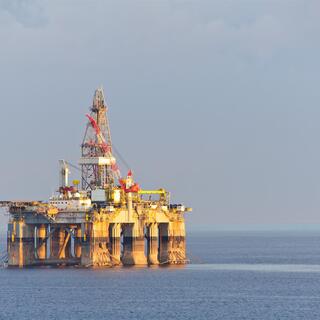Requirements
The operation of an offshore wind farm is often complex, requiring multiple vessels operating across the area during construction, installation and maintenance. Often the vessel will comprise of a multi-disciplinary team, with multiple crew transfer vessels ferrying engineers to and from the turbines. The resources used by the offshore sector to install and maintain the wind farm are very expensive and operate continuously, often over a 24-hour period. Such operations can be significantly impacted by weather delays. It is therefore important that operations are planned efficiently to reduce the working time of the maintenance and installations teams offshore and that any weather delays are considered during the early stages of the project.
Solutions
We undertook an operational and economic simulation of a 300MW wind farm, consisting of a 100 turbine wind farm using a series of “what if” scenarios to better understand the risk profile surrounding the investment decision and ongoing maintenance of a ‘typical’ wind farm. Enhancements were made to existing simulation software (SLOOP) and simulations were performed using a 13-year hindcast of wind speeds and wave heights at the wind farm location. Data was calibrated using Earth Observation (EO) satellite data, supplied by the European Space Agency (ESA). The model of the wind farm comprised of several components to represent the turbines, an offshore substation, a meteorological mast, a subsea transmission line, a second onshore substation and an onshore power transmission line which connected the substation to the national grid. Maintenance of the wind farm was represented by a number of maintenance teams operating over a 24/7 period from different vessels. Several simulations were conducted to study failures, task duration, the effect of environmental limits on resource utilisation and the variation of turbine power with wind speed.
Benefits
It was possible to use operational simulation (SLOOP) to represent all the features of a wind farm. A simulation of the operation allowed the optimisation of the number of maintenance teams and the performance of the field relative to the sensitivity of the metocean limits in which it is possible to perform the maintenance operation to be identified during investment and planning. Assessment of how the wind farm performs in terms of the available wind resource and its conversion to wind energy to support the investment decision was also achieved.




